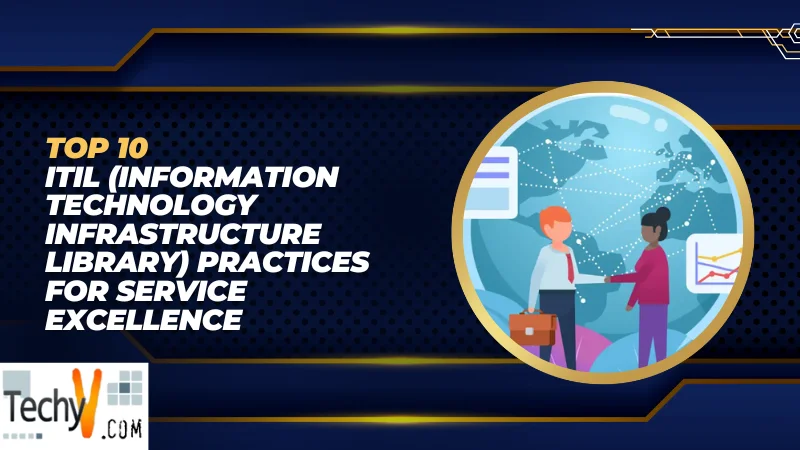ITIL outlines comprehensive best practices and checklists for IT service management, with the overarching goal of aligning the delivery of IT services with changing business needs. Originally developed in the 1980s and currently on its fourth version, ITIL has been widely adopted globally across industries from banking to healthcare. Through the systematic management, measurement, and improvement of IT operations, companies can drive enhancements in cost efficiency, employee productivity, revenue, profits, and customer experience. I outline the top 10 critical ITIL practices that contribute to service excellence from both technology and business perspectives. But IT leaders first need to clearly define service management objectives for their organization, pragmatically determine which processes warrant priority focus, develop phased roadmaps to tackle those areas and ensure ITIL practices continually evolve alongside the dynamic business landscape.
1. Service Operation
As the thrumming engine room of IT service delivery encompassing the underlying infrastructure, Service Operation includes essential processes like event management, incident management, request fulfillment, and access management that require unwavering daily attention from IT teams. By promptly detecting, categorizing, investigating, and resolving a wide variety of operational issues from minor to major, diligent IT shops preempt small glitches from escalating into costly service outages that hamper workforce productivity and customer experience. Exemplary execution of Service Operations ensures IT services exhibit expected functionality, performance, security, and availability per business requirements.
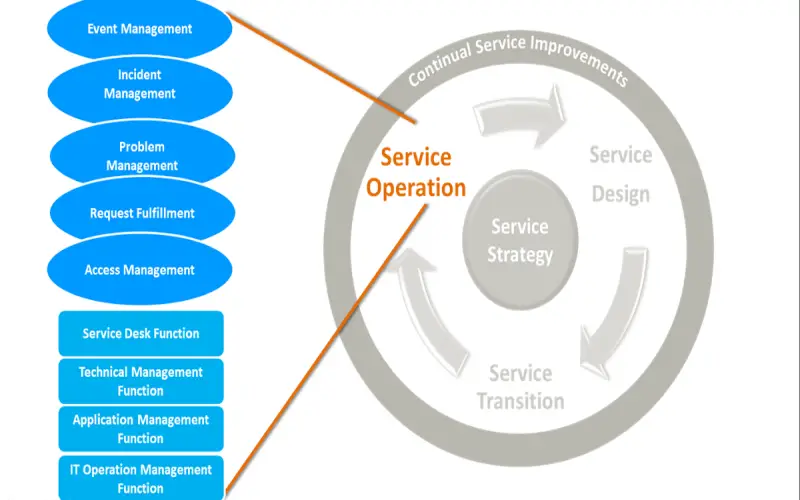
2. Continual Service Improvement
Via constant evaluation of IT service quality, underlying operational processes, and improvement initiative results across metrics spanning cost, capability, and satisfaction, the CSI approach systematically identifies potential areas for enhancement. Since markets, competitive forces, and digital technologies rapidly evolve in the 21st century, IT services should periodically reassess their effectiveness against the organization’s current business challenges and priorities. However, companies must first carefully define key metrics aligned to service management goals upfront, and then collect consistent data on those KPIs across reporting periods to enable meaningful trend analysis.
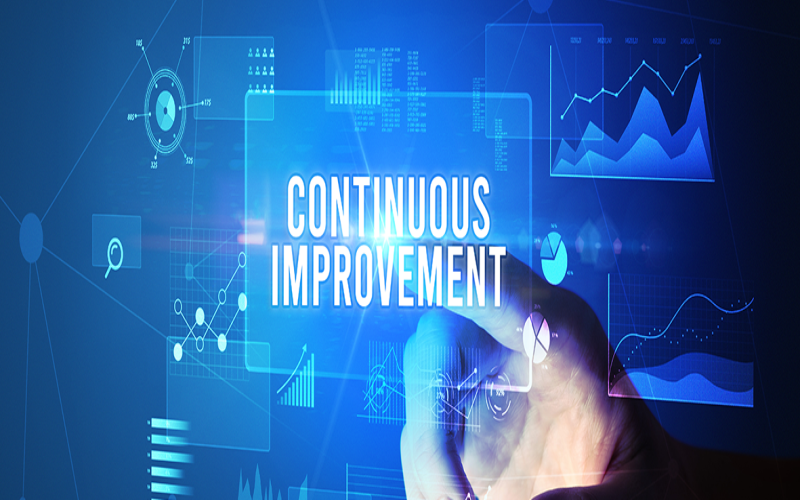
3. Service Offerings And Agreements (SOA)
This critical process focuses on developing appropriate catalogs of IT services and accompanying service levels for each internal customer group, whether by functional business unit, geographic department, or employee tier. Database administrators need to thoroughly understand the specific needs of disparate user segments before right-sizing service offerings and configuring suitable interfaces to fulfill those distinct demands efficiently. The SOA process also includes defining formal agreements between IT teams and their business customers, clarifying provider responsibilities on one side and consumer obligations on the other, about key metrics like incident resolution turnaround times based on severity. By first meeting face-to-face across the table to discuss and align on mutually acceptable service parameters, IT staff, and business unit heads can establish shared objectives for future delivery.

4. Release, Control, And Validation (RCV)
Regimented design, testing, approval and communication processes around infrastructure modifications, application enhancements, and patch deployments enable rigorously controlled release management. RCV coordinates code migration tasks spanning from development, to quality assurance, systems testing teams, and finally production release. By mandating comprehensive functional, security, and user acceptance testing on major changes before global rollout deployment, IT organizations mitigate the substantial risks associated with poor release quality. Careful RCV processes remain equally indispensable for launching net new services as well as upgrading legacy systems across technology refresh cycles.
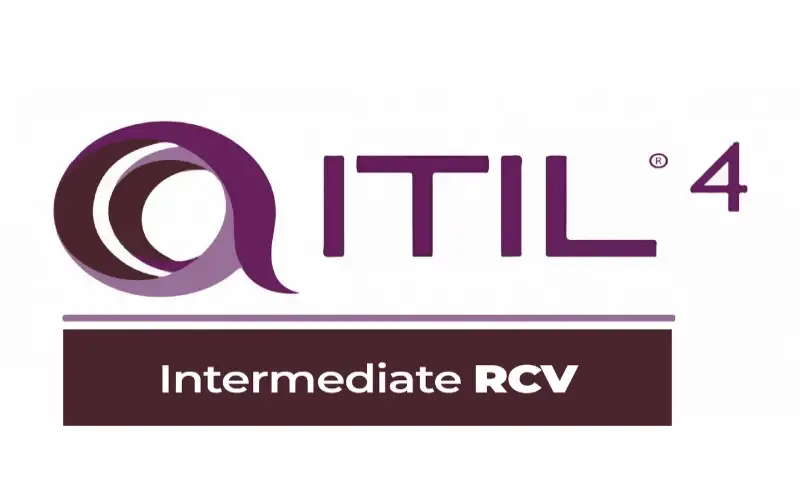
5. Operational Support And Analysis
Proactive trend analysis of incidents, problems, service disruptions, and core quality metrics enables the ongoing fine-tuning of IT practices to boost stability, availability, and efficiency. By comprehensively studying historical patterns and aberrations across key performance indicators, IT teams can reliably identify faulty processes, infrastructure elements, or resourcing prone to repeated operational issues quarter after quarter. Since no IT environment remains static amid continual business evolution, operational analytics should occur as an evergreen process rather than through sporadic annual audits. However, deriving actionable insights relies on consistent measurement scoped to core service management objectives combined with expert interpretation skills.

6. Planning, Protection And Optimization (PPO)
Via short and long-range capacity planning initiatives, architects, administrators, and key leaders predict infrastructure requirements capable of supporting both the current and projected future states of business functional demands. By mapping out complex application landscapes and their interdependent technology chains in detail, IT planners can pinpoint potential capability gaps or performance bottlenecks on the horizon. Complimentary information security and regulatory compliance initiatives further harden this IT backbone against compromises and breaches. Optimization projects then enhance factors such as efficiency, availability, and responsiveness of provisioned platforms. However, accurate planning still requires extensive upfront input directly from business domain leaders on their expected software portfolio growth targets.

7. Architecture Management
This engineering discipline focuses on defining, visualizing and maintaining standardized reference models that represent the overall IT landscape while tracking its gradual evolution. Business outcome-focused architecture management equips organizations to swiftly identify duplicative investments, capability gaps, constraints and risks across complex multi-technology domains that encompass hundreds of interdependent business applications, infrastructure components and data sources. But deriving practical business impact relies upon consistent updating of intricate architecture artifacts integrated with broader IT portfolio planning and operational practices.

8. Availability Management
By continually gauging system uptime as well as analyzing the root causes behind technology outages or service degradation incidents, this integral process targets measurably enhanced service continuity spanning both infrastructure and business platforms. Since even minor blips in availability create substantial disruption, revenue losses and damage customer trust, database administrators diligently track reliability metrics across hosted environments. Proactively identifying potential single points of failure before they spiral into full-blown cascading disasters provides systemic resiliency. Both prevention of unplanned outages as well as swift resolution of serious incidents causing application downtime warrant tight cross-departmental collaboration.
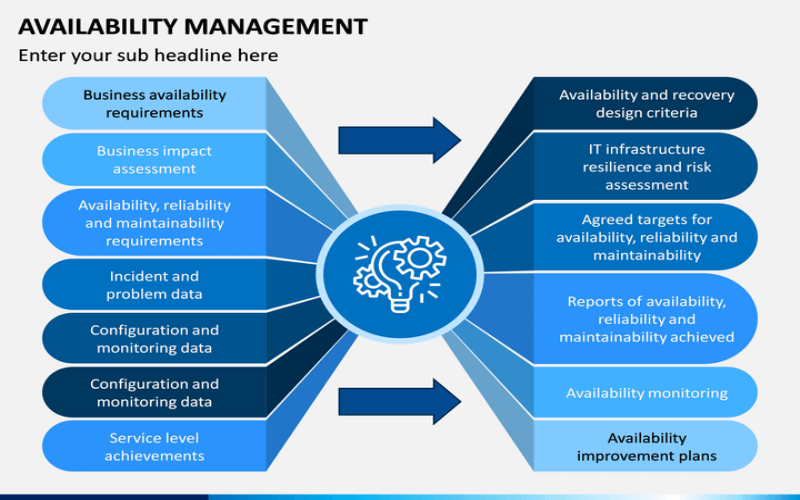
9. Deployment Management
Standardizing, streamlining, and closely governing build, testing, and live operational rollout processes accelerates the continuous delivery of new capabilities, upgrades, and fixes to business users. Highly uniform version control, configuration, and installation protocols prevent unexpected conflicts or behaviors across infrastructure layers when deploying changes at a massive scale. However, excessively regulated and bureaucratic processes can inhibit software team agility, velocity, and innovation, requiring careful balances.
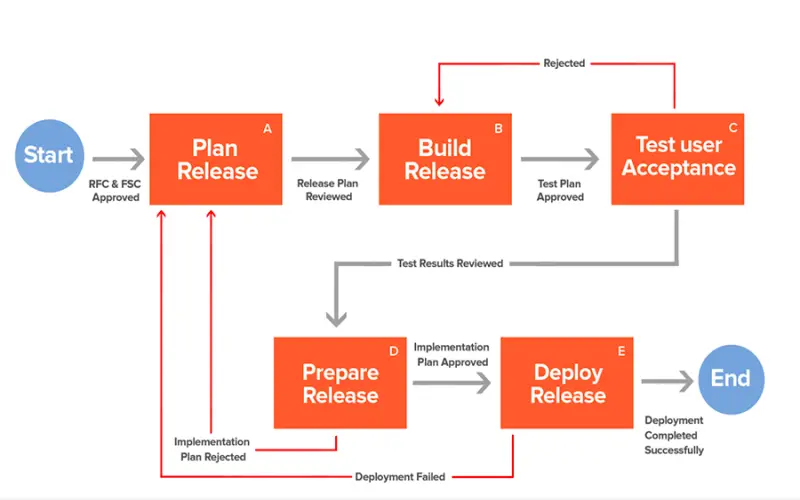
10. Continual Improvement
This overarching cultural mindset aims to keep IT service catalogs and delivery capabilities relevant despite the constant evolution of customer wants, business goals, and technologies. To that end, continual improvement relies upon clearly defining strategic targets, monitoring incremental progress against those IT and business objectives across monthly implementation cycles, and periodically adjusting priorities based on observed environmental shifts.




